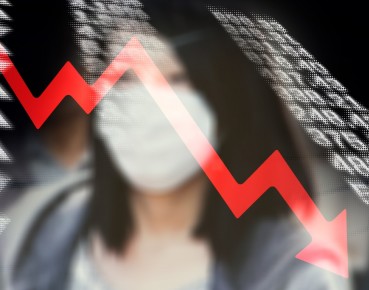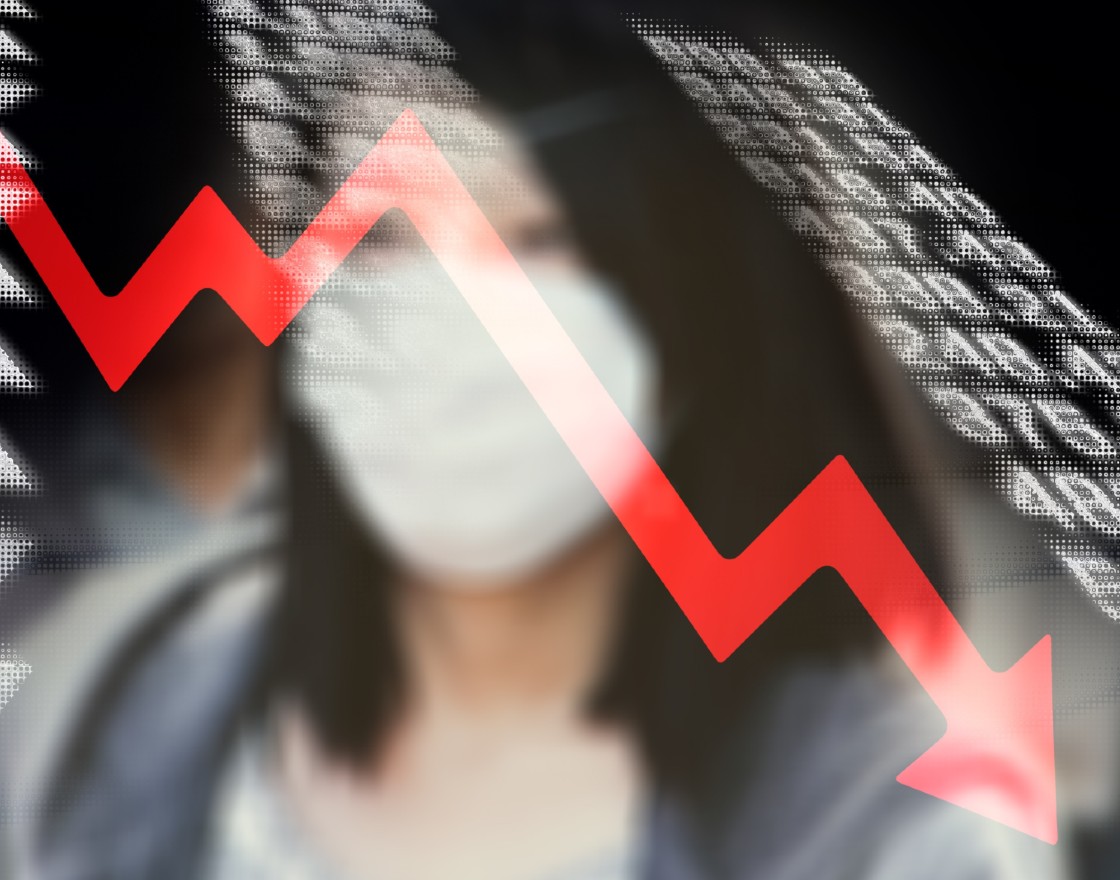
(Pixabay, Gerd Altmann, Public domain)
The global and the Polish economy will most likely go into recession this year. Hardly anyone is questioning this conclusion now. According to the Poland’s central bank, NBP’s Survey of Professional Forecasters, the median prediction in the central forecast scenario is that Poland’s GDP will decline by 2 per cent this year. The debates currently taking place primarily concern the scale of the coming economic downturn and the strength of the subsequent recovery. The optimists are hoping for a V-shaped recovery, which means a quick and strong rebound of economic activity. On the surface such expectations may seem reasonable. After all, the crisis did not start because of any internal problems, but due to an external viral shock. Meanwhile, history teaches us that exogenous shocks are usually followed by a vigorous rebound.
But this time could be different. Why? It’s simple: the current crisis is not limited to a one-time negative supply-side shock, such as an earthquake or a terrorist attack. It is not the case that the virus attacked us and then disappeared. The threat of the lethal pathogen will stay until the development of a vaccine that will provide immunity to the disease, which is not likely to happen sooner than next year. It’s worth keeping in mind that pandemic comes in waves (The Spanish Flu swept across the world in three waves, and now Singapore and China are struggling with a second wave of coronavirus cases).
This means that even if the national quarantine is eased after the outbreak reaches a peak of new cases, it will not be abolished completely. For example, scientists from Imperial College London have warned that it may be necessary to maintain the measures aimed at preventing the spread of coronavirus for many months. Social distancing will also not go away anytime soon. The fear of infection will persist. For some time, people will limit or will not travel, go to concerts in large venues, or eat in crowded restaurants.
As long as the public is not convinced that the epidemic is behind, the economy will not return to the pre-crisis levels of activity. This is not a typical crisis, which involves a drop in aggregate demand and a subsequent recovery – regardless of whether that recovery is strong and occurs spontaneously (a V-shaped recession) or whether it is a little less vigorous and requires a fiscal and monetary stimulus (a U-shaped recession). Instead, we are seeing a structural transition towards a “socially distanced” economy in which demand shifts from industries based on physical interaction between people to online industries. This means that for some time to come, we might be dealing with an economy that is running at half-capacity: with means of transport that are only half-filled, sports events held without spectators, restaurants where customers are only sitting at every other table, limits regarding the number of people allowed to enter a store, and so on.
This also means that some part of the demand will be lost forever. If the national quarantine only lasted for a very short period of time, e.g. for seven days, then the decrease in spending on travel or dining at restaurants in one week could be almost fully offset by higher spending in the following week. Trips would be postponed, and people could go out more frequently. However, with a longer quarantine this effect of suppressed demand will be weakened: some of the trips or meals ordered at dining establishments will simply be lost forever.
Secondly, there is a thing known as the hysteresis effect: negative shocks not only have short-term effects, but also generate long-lasting consequences. What does that mean? Well, you can become unemployed relatively easily and quickly (especially in the United States) but finding a new job can take some time. Moreover, the structure of production will change (e.g. online industries will expand), and therefore some workers may no longer have the skills that are needed in the labor market. Others will simply fall out of their workplace routine and will not return to the labor market at all, especially in the event of a prolonged economic lockdown.
Similarly, the shutdown or bankruptcy of a company is not easy to reverse. Some of the entrepreneurs will not have the necessary capital or the desire to start again from scratch. Others will be extremely cautious with their investments or any expansion of production. Increased levels of uncertainty may persist for a long time, especially if we consider the possibility that the coronavirus may re-emerge in the autumn, as some epidemiologists are now warning.
Thirdly, the implemented economic policies could prevent a quick recovery. Although the quantitative easing and fiscal policies may mitigate the initial impact, they may also adversely affect the productivity of the economy. One good example of that is the Great Recession. The recovery that followed was the slowest recovery in the history of the United States after World War II
Some believe that the sources of this slow growth lie in the weakened process of creative destruction – historically speaking, the pace of reallocation of resources increased after all the previous crises, but after the global financial crisis there was a decline in the rate at which new businesses were launched and at which old companies exited the market. This may have been driven precisely by the very low interest rates – which provide a fertile breeding ground for zombie companies – as well as the increase in government spending. The same factors will influence the economy in the present crisis. Moreover, we can expect a weakening of international trade and a reshuffling of the global value chains, which will result in reduced productivity (e.g. the substitution of imported medicines or medical equipment with domestic production, even if their domestic production proves less economically efficient).
And finally: the longer the duration of social distancing, the greater the risk of business bankruptcies, and consequently, also that of a possible financial crisis, which would additionally hurt the real economy, resulting in a longer recession and a slower recovery. Although the current economic crisis stems from the response to the COVID-19, we need to keep in mind that global economy was not fully balanced before the outbreak of the pandemic. The level of indebtedness – including not only public debt in many countries, but also the debt of non-financial corporations in the US – is currently higher than before the Great Recession. The global economy was already slowing down in 2019, and some countries (such as Italy and Japan) were already on the verge of a recession even before the outbreak of the pandemic. This indicates that we may also experience another debt crisis.
All this means that after the current crisis we may not get a V-shaped recovery, as the optimists are hoping, but a U-shaped recovery, and in some sectors even an L-shaped recovery. It may well be the case that we still do not fully understand the long-term effects of the current pandemic and the changes that will occur in the economy. However, we should keep in mind that while an L-shaped recovery is not the best scenario, it is certainly better than the current I-shaped economic contraction.

